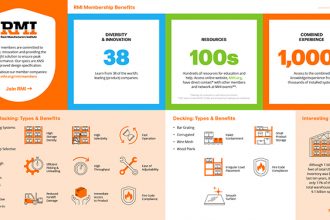Compact Rack Solutions Increase Warehouse Capacity
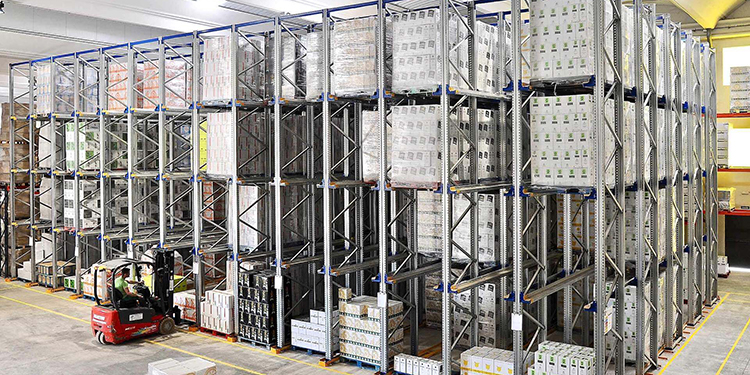
Demand for additional warehouse space continues to rise. According to warehouse developer Prologis, “for every dollar of U.S. gross domestic product, at least 20% more logistics space is needed than was the case before the COVID-19 pandemic.” Prologis attributes this trend to companies increasing inventory levels to avoid potential disruption. It also points to an increase in e-commerce fulfillment, which “requires about three times the logistics space compared to brick-and-mortar retail.” Instead of looking for a larger facility, however, operations that are short on space can potentially leverage compact racking solutions to increase warehouse capacity.
“Although a warehouse might originally have been configured optimally, it’s not unusual to reach a point where it ends up becoming too small,” explained Pablo Montes, Managing Director of AR Racking. The company is a member of the Rack Manufacturers Institute (RMI).
There are several signs that a building may be growing short on space, he said. “One of the most significant is an increase in customer complaints about late shipments or product damage. Late shipments often mean associates are struggling to find items because storage areas are overstuffed,” Montes noted.
“That shortage of space also makes it difficult to smoothly load, unload, and transport inventory. As a result, products are more likely to be damaged,” he said. “Fortunately, there are a variety of different compact rack solutions that can increase warehouse capacity without adding a new facility.”
Compact Rack Solutions Store More Unit Loads in the Same Square Footage
Compact rack solutions — also known as high-density racks — are systems designed to maximize available space. These systems generate greater warehouse capacity by reducing the number or width of aisles in favor of more storage positions, Montes explained.
“Although compact rack solutions don’t permit direct access to every stored pallet, they dooffer several benefits beyond increased storage capacity,” he said. “These include more organized inventory management and better inventory control.”
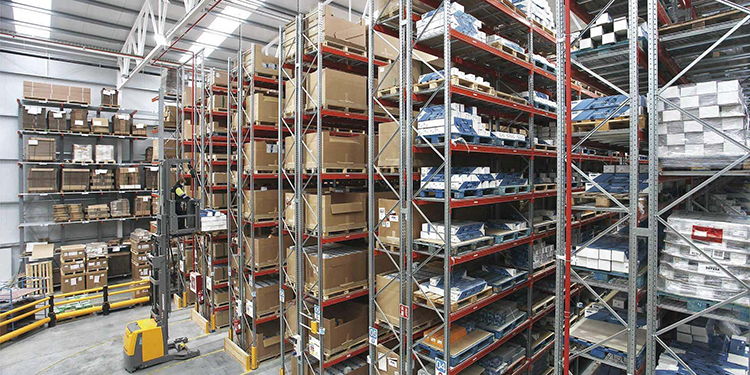
Drive-In / Drive-Through Rack
Drive-in and drive-through racks are ideal for storing large quantities of the same product. Their construction integrates uprights and rails upon which two or more pallet loads rest.
Drive-in racks have a single forklift entry point for placing and removing pallet loads. This enables last-in/first-out (LIFO) inventory management. That is, the last load placed in the row will be the first one removed, said Montes.
“In drive-through racking, there is both an entry and an exit for each rack row,” he added. “That configuration supports a first-in/first-out (FIFO) inventory management strategy.”
Because the forklifts enter and back out of drive-in and drive-through racks, driver training is of particular importance. RMI recommends several safety best practices for navigating these structures.
Pushback Rack
Another high-density storage system, pushback rack incorporates an incline upon which the pallet loads move inside the structure. They feature a series of nested carts that roll on top of rails.
Usually capable of holding up to six pallets per storage lane, a forklift loads pallets into the structure (and removes them) from the front. As each new pallet is loaded, it pushes the pallets behind it back into the racking. This supports LIFO inventory management. When a forklift removes the aisle-facing pallet, gravity impels the pallets behind it to descend to the front.
Pallet Flow Rack
Also known as “gravity flow,” pallet flow racking can hold up to 20 pallets in a single lane. These systems incorporate gravity wheel or roller lanes that slope downward. Forklifts load pallets from the back and remove them from the front for FIFO inventory management.
“Similar systems are available for compressing carton storage in operations handling medium and small loads,” added Montes. “Carton flow rack systems work the same way as pallet flow, increasing warehouse capacity in case- and each-pick applications.”
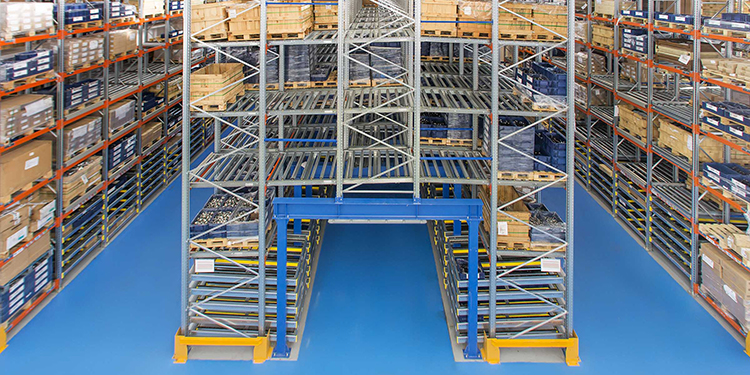
Semi-Automated Pallet Shuttle Rack
As a semi-automated pallet handling solution, these systems use motorized shuttles for high-density storage. The shuttles autonomously perform the movements inside the racking to move the pallet loads, which rest on rails.
“Apart from reducing the number of work aisles, pallet shuttle rack allows automatic control of the inventory through sensors that count the stored pallets,” Montes noted. Forklifts never enter the system, which can store 50% or more inventory than standard selective rack.
Very Narrow Aisle (VNA) Rack
In VNA rack, the rows of racking are placed as closely as possible while the aisle widths are reduced, explained Montes. “VNA rack does not reduce the number of aisles,” he said. “Instead, it creates an opportunity to potentially add more rows of racking and therefore more storage.”
VNA rack combines the advantages of selective pallet racking — which offers access to every stored load — with high-density compact rack to increase warehouse capacity. “In a VNA system, aisles can be as narrow as 1.5 meters (4.9 feet),” Montes said. “However, they require specialized narrow aisle lift trucks to access the inventory stored in the racks.”
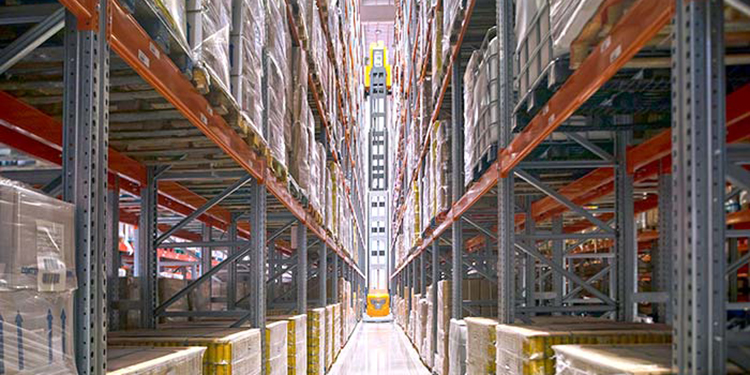
Learn More About Different Types of Rack
Have more warehouse rack layout questions? RMI offers the publication, “Considerations for the Planning and Use of Industrial Steel Storage Racks,” to help. Additionally, the members of RMI are available for consultations, insights, and recommendations. For more information, visit mhi.org/rmi.

